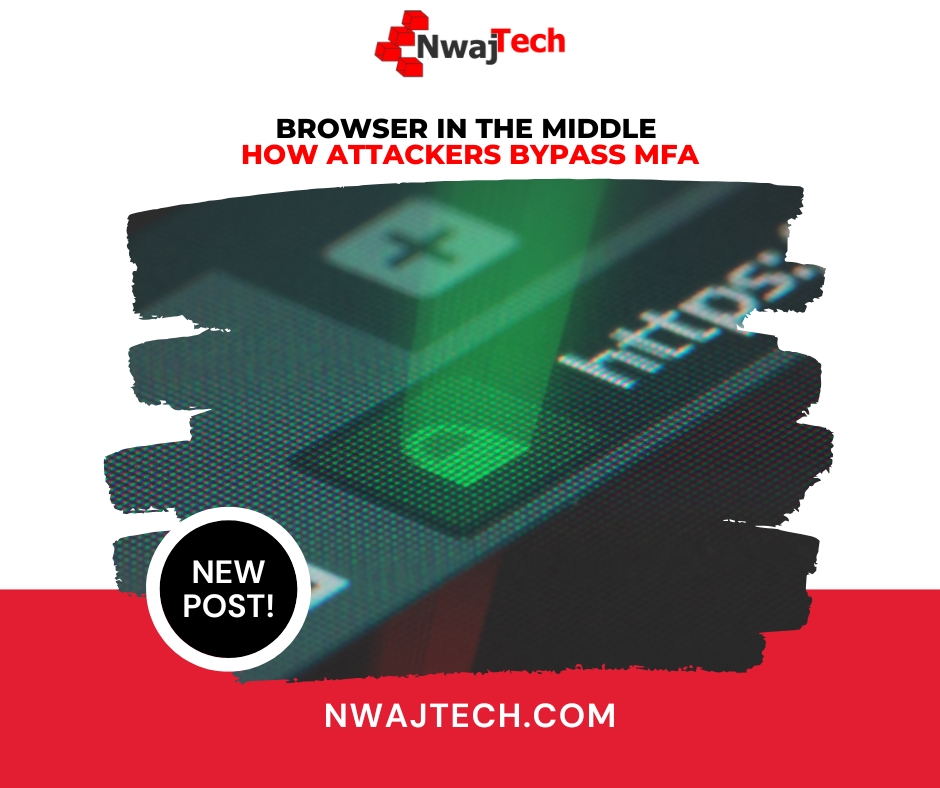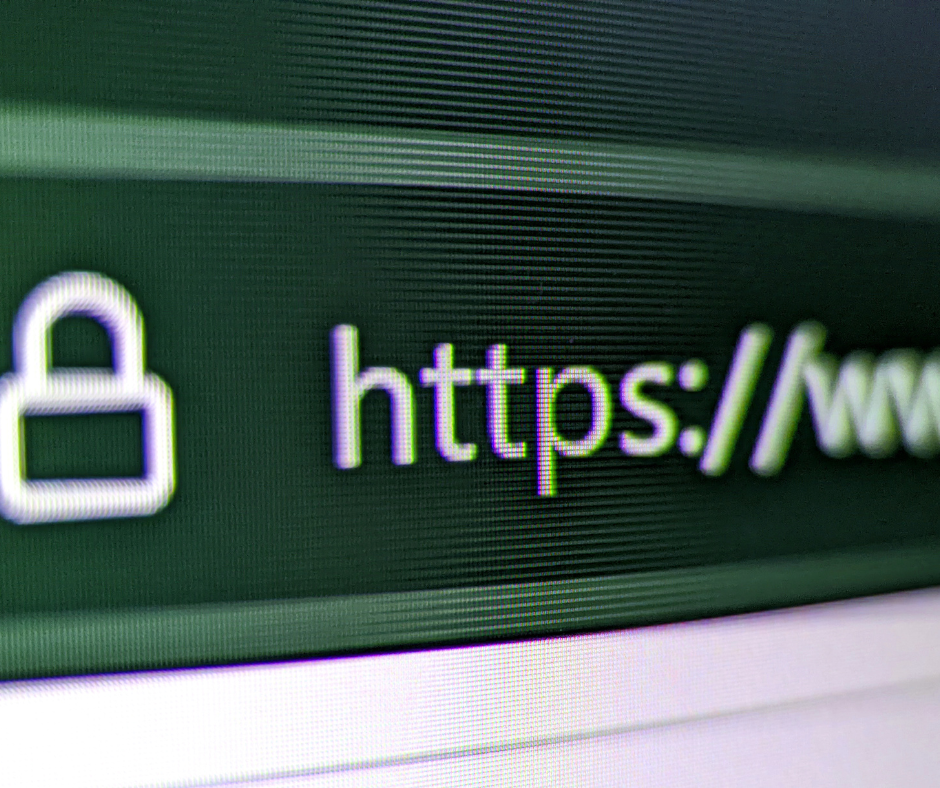
Session Hijacking: How Cybercriminals Are Bypassing MFA and What You Can Do About It
Multi-factor authentication (MFA) has rapidly become a cornerstone in cybersecurity defense, mainly as cyber threats grow more sophisticated. By adding an extra layer of security beyond a username and password, MFA significantly reduces the chances of unauthorized access. However, attackers continually evolve their methods, and one increasingly popular method of circumventing MFA is session hijacking. Understanding how session hijacking works and what measures businesses can implement to protect themselves is crucial for modern cybersecurity.
What is Session Hijacking?
Session hijacking, also known as cookie hijacking, occurs when an attacker steals or captures a valid session ID or cookie, which the web server has already authenticated. This session ID is used to maintain the state of an authenticated user, allowing them continued access to their account without needing repeated logins. Once an attacker acquires this session ID, they effectively impersonate the legitimate user, accessing sensitive data or systems without further authentication.
Why is Session Hijacking Effective Against MFA?
Multi-factor authentication (MFA) is designed to protect access at the point of initial login, typically requiring two or more verification methods, like a password, biometrics, or a token sent to a registered device. MFA dramatically reduces the risk of unauthorized access during login. However, once authentication has occurred, most applications issue session tokens or cookies that authenticate the user for a predetermined period or until the user explicitly logs out.
Session hijacking targets these post-authentication tokens. Because the session token or cookie has already passed through the MFA verification, attackers using stolen or intercepted tokens don’t need to authenticate again. The attacker is leveraging the trust between the server and the original authenticated user.
How Do Cybercriminals Hijack Sessions?
Cybercriminals use several methods to hijack user sessions, each exploiting different vulnerabilities or behavioral lapses:
1. Phishing Attacks
Phishing remains one of the most common methods of acquiring session cookies. Attackers trick users into clicking malicious links, downloading malware, or logging into fake websites designed to capture session tokens. Even cautious users can fall victim to well-crafted phishing emails that convincingly imitate trusted entities.
2. Malware and Trojan Horses
Sophisticated malware can silently capture cookies or session tokens directly from the user’s device or browser. Once installed, malware often operates covertly, gathering sensitive information, including active session cookies, and transmitting it back to attackers.
 3. Cross-Site Scripting (XSS)
3. Cross-Site Scripting (XSS)
XSS vulnerabilities allow attackers to inject malicious scripts into legitimate websites. When users visit these compromised sites, the scripts execute silently, stealing cookies and forwarding them to attackers without users even realizing their sessions have been compromised.
4. Man-in-the-Middle (MitM) Attacks
In unsecured environments, attackers position themselves between users and servers, intercepting communications and extracting sensitive information, including session tokens. Public Wi-Fi networks are notorious hotspots for MitM attacks.
Real-World Examples of Session Hijacking Attacks
One prominent example was the 2022 Uber breach. Attackers leveraged session hijacking techniques to compromise accounts, even those protected with MFA. They initially tricked employees through phishing attacks, captured session cookies, and bypassed subsequent MFA protections.
Similarly, breaches involving high-profile social media accounts or cloud services often reveal session hijacking as a primary attack vector. The common denominator in these cases was the exploitation of active sessions, bypassing strong MFA protections and causing substantial harm.
How Can Businesses Prevent Session Hijacking?
Protecting against session hijacking requires proactive steps and adopting a multi-layered cybersecurity approach:
1. Encrypted Connections (HTTPS and TLS)
All sensitive data transmissions should occur over HTTPS connections, ensuring encryption through Transport Layer Security (TLS). Encrypted connections significantly reduce the likelihood of attackers intercepting or misusing session cookies.
2. Short Session Lifetimes
Reducing the duration of session validity drastically narrows the attacker’s window of opportunity. Limiting sessions to shorter intervals or automatically logging users out after periods of inactivity can reduce potential damage from hijacked sessions.
3. Secure Cookie Attributes
Setting secure cookie attributes like HttpOnly, Secure, and SameSite significantly reduces risks. HttpOnly It prevents JavaScript from accessing cookies and mitigating XSS attacks. The The Secure flag ensures cookies are sent only over secure HTTPS connections while SameSite Restricts cross-origin sharing of cookies.
4. Continuous Authentication and Zero Trust Principles
Adopting Zero Trust principles means continuously verifying every user, device, and session, not just at the initial login. Continuous or adaptive authentication evaluates user behavior and session activity, revalidating sessions whenever unusual patterns are detected. Implementing Zero Trust security models dramatically mitigates risks associated with stolen session cookies.
5. Robust Anti-malware and Endpoint Protection
Deploying robust endpoint security and anti-malware software can detect and prevent malware infections that steal session cookies. Regular updates and proactive threat monitoring are critical to ensure endpoints remain protected.
6. Security Awareness Training
Educating employees regularly about phishing and cybersecurity best practices significantly reduces risks. Awareness training helps users recognize potential threats and respond appropriately, preventing attackers from gaining initial access to session cookies.
 What to Do If Session Hijacking Occurs?
What to Do If Session Hijacking Occurs?
If you suspect a session hijacking attack, rapid response is crucial:
- Immediately terminate all sessions for the compromised accounts.
- Force password resets for affected users to invalidate previous sessions.
- Conduct a thorough forensic analysis to identify the source of the breach.
- Enhance monitoring and alerting for suspicious activities post-incident to detect further threats quickly.
Final Thoughts
While Multi-Factor Authentication is an essential cybersecurity tool, attackers continuously adapt, exploiting new techniques like session hijacking to bypass even the most potent authentication mechanisms. Businesses must respond proactively, employing comprehensive cybersecurity strategies that include encrypted communications, secure cookie practices, shorter session durations, continuous authentication, and ongoing employee education.
At Nwaj Tech, we specialize in advanced cybersecurity solutions, helping businesses adopt a proactive stance against evolving cyber threats. Implementing robust session management practices and adopting a Zero Trust cybersecurity model can make all the difference in protecting sensitive information and maintaining operational security.
To learn more about protecting your business from session hijacking and other advanced threats, contact us today at 888.788.ZERO.
